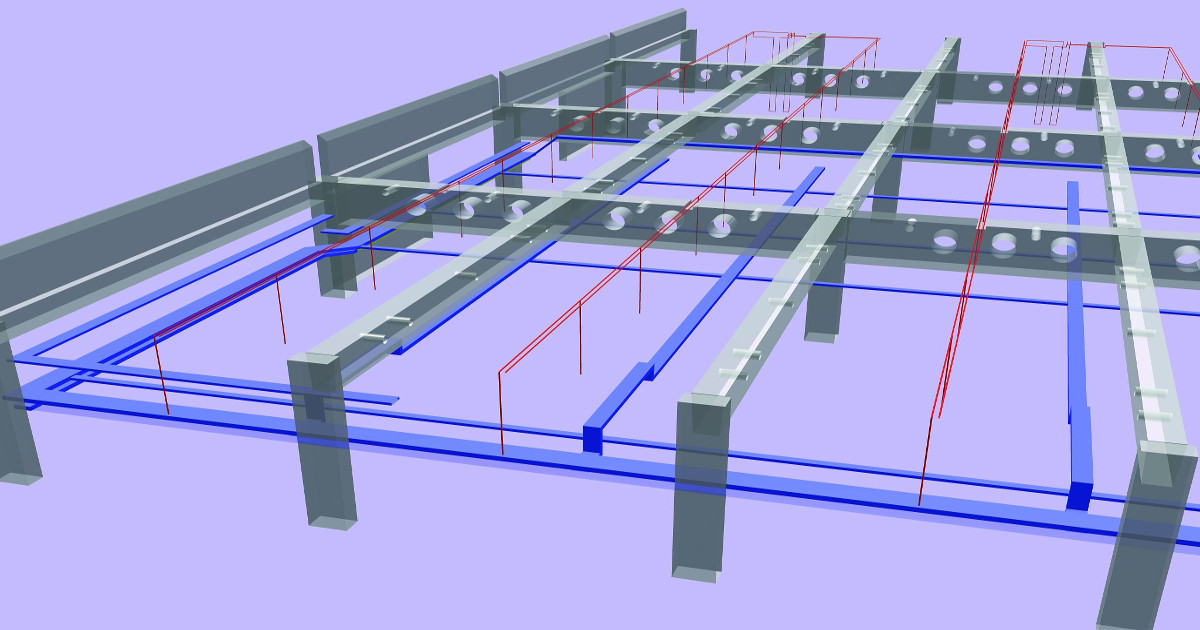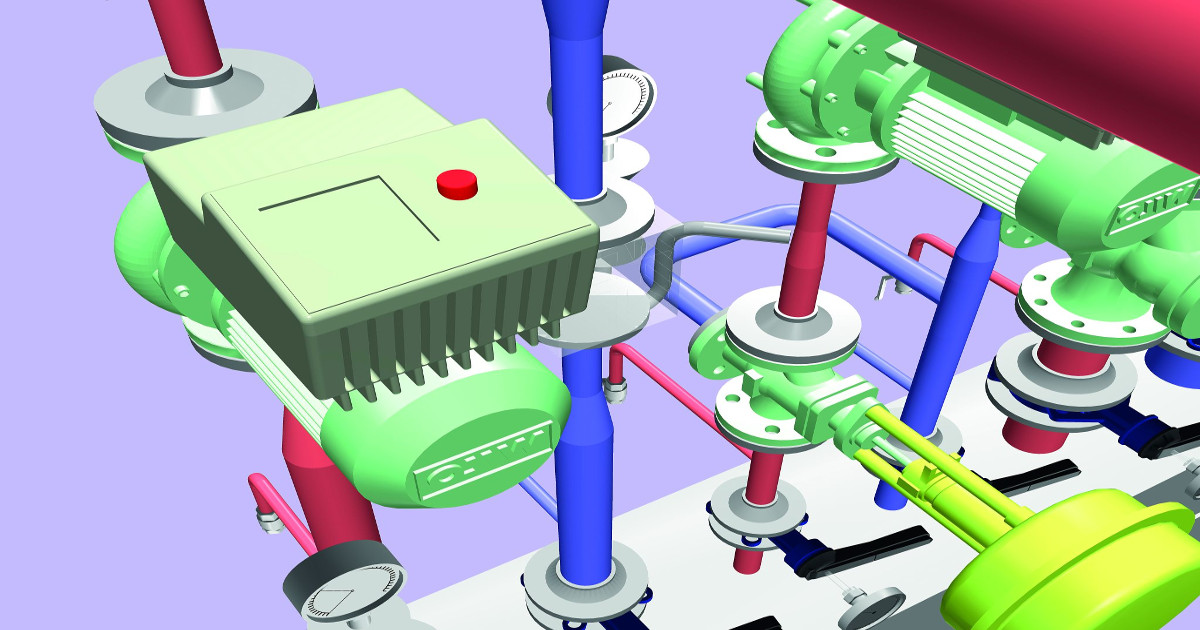When it comes to BIM, architects, structural engineers and building owners are often mentioned. However, MEP planning and design benefits enormously from a model-based approach.
BIM makes building more precise, error-free, efficient and thus ultimately faster and cheaper. In addition, it generates added value far beyond the execution stage, such as improved usage and maintenance management thanks to the digital twin. The more BIM use cases are implemented in projects, the greater the efficiency gain. In building construction, therefore, the added value generated by a model-based working method is higher when it is applied not only by architects and structural engineers, but also by designers of building services. This benefits both projects as a whole and the specialist disciplines themselves.
MEP Integrated BIM Solution
As in structural design, BIM in MEP planning and design also begins with the creation of a planning basis, by directly adopting the architects' BIM models. This is followed by a model-based calculation and BIM modeling of the technical equipment. The success of this workflow is ultimately also a question of using the right software.
ALLPLAN has been working with EDV-Software-Service (ESS) from Villach in this respect for almost 20 years. Under the brand name AX3000, the Villach-based company now offers a comprehensive plug-in package for Allplan consisting of modules for all areas of building services engineering: ventilation, heating, plumbing, electrical, domestic ventilation and sprinklers. In addition, AX3000 provides a range of energy technology solutions with which all calculations and zoning required for energy performance certificates can be carried out and extensive simulations performed.
Advantages For MEP Planners
There are numerous advantages for MEP planners from working on the 3D model. For example, thanks to extensive article libraries with intelligent components, DIN-compliant parts, fittings and CNC production lists can be derived automatically. These components also allow the automation of heating load and pipe network calculations even during the design phase. In Germany, the product data exchange for components and systems in heating, ventilation and sanitary engineering is regulated by VDI 3805. The international standard ISO 16757 is currently being developed on the basis of this series of guidelines.
Better Design Coordination And Added Value Post Construction
The biggest advantage of BIM-based collaboration between architecture, structural and MEP engineers is what ultimately saves the most costs on the construction site: much better collision control. Possible discrepancies and collisions between the specialist models can be detected after merging these models either rule-based or visually. AX3000 even provides a VR plug-in for visual collision control. But BIM also offers considerable added value after planning and execution in building services engineering: the model generated in the design process, as a digital twin which depicts the building's services with all its components makes the building smarter. Digital Twins provide almost perfect information for any repair and maintenance measures that may be necessary.













